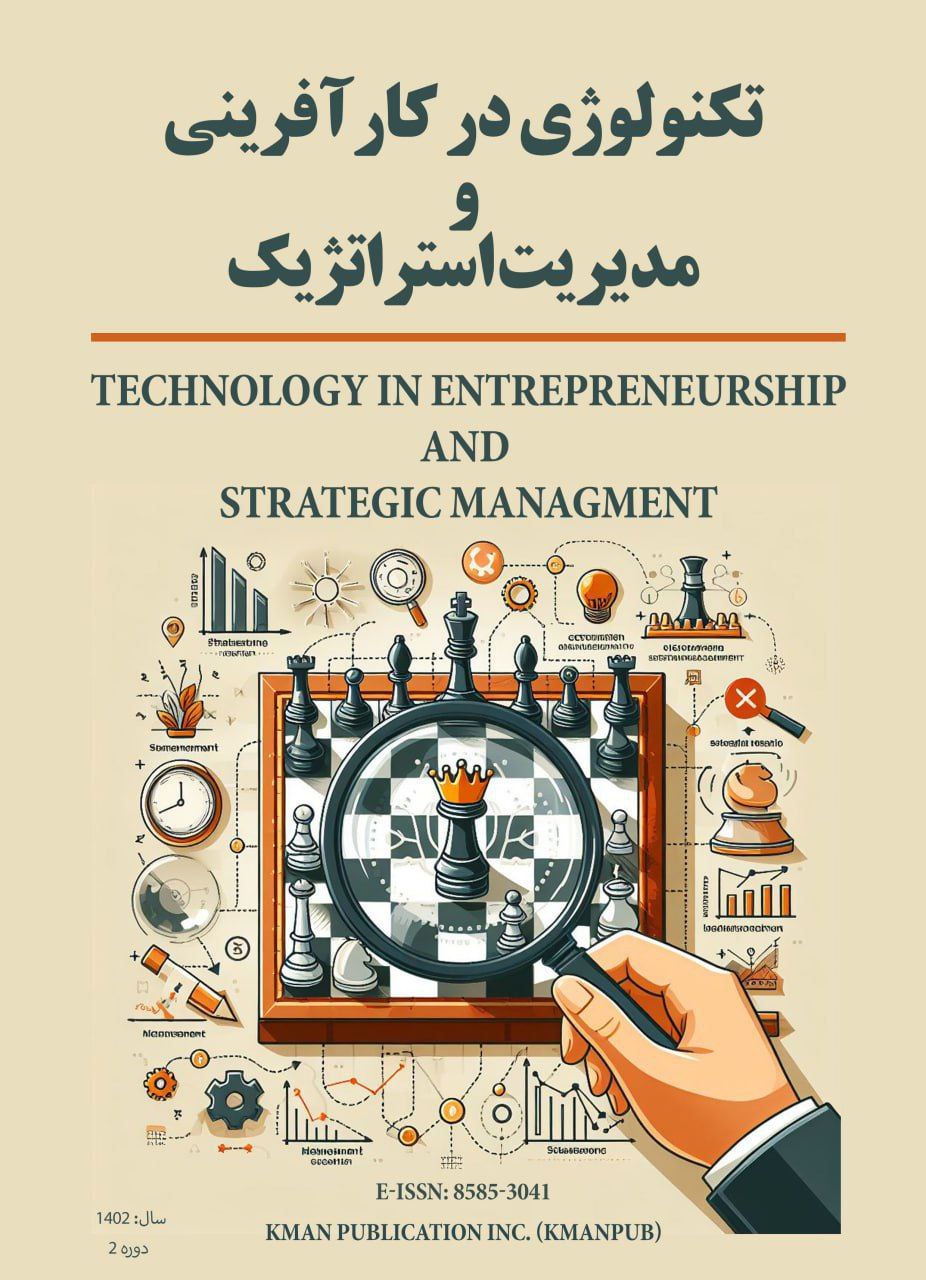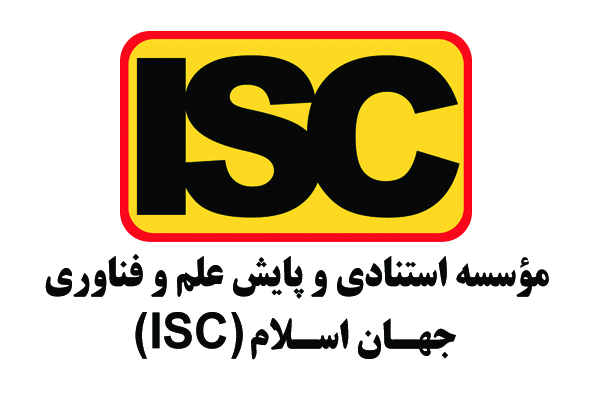A Novel Approach to Strategic Management: Identifying Factors Affecting the Performance of Football Clubs in the Context of Their Stock Market Listings
Keywords:
Stock market listing, strategic management, stock exchange, football clubsAbstract
The aim of the present study was to introduce a novel approach to strategic management by identifying factors affecting the performance of football clubs from the perspective of their stock market listings. The research method employed in this study followed a mixed-methods approach. Using an exploratory design, qualitative data were collected first, followed by quantitative data. In terms of methodology, this research adopted a combination (qualitative-quantitative) approach, utilizing an exploratory mixed-method design. The statistical population of this study included all experts and academic professionals, such as sport management professors specializing in marketing and financial management professors with expertise in stock exchange and securities, as well as managers and staff in the financial departments of football clubs participating in the Premier League. Sampling was conducted theoretically. The statistical sample of this research consisted of 32 experts. During the qualitative phase of the research, purposeful sampling and the snowball technique were used to conduct in-depth interviews. In total, interviews were conducted with 32 experts in these fields, achieving theoretical saturation after the 20th interview. To analyze the data, descriptive and inferential statistics, as well as the MICMAC and Scenario Wizard software, were utilized. The results of the analyses indicate that the stock market listing of football clubs Esteghlal and Persepolis could significantly influence their performance across various dimensions, including economic, social, managerial, and sporting aspects. Based on the matrix of factors and various scenarios, the growth and transformation paths of these clubs are meaningfully influenced by a range of factors, each of which can either strengthen or weaken the clubs' positions. Listing these clubs on the stock market, while presenting a unique opportunity, also introduces new challenges. Economically, uncertainties and fluctuations in the stock market may pose risks. However, effectively managing these fluctuations could attract investors and strengthen the clubs' financial resources.
Downloads
References
Beer, F. M., & Lin, F. (2019). Sports sentiment and stock returns: The Bombay stock exchange. ACRN Journal of Finance and
Risk Perspectives, 8(1), 56-70. https://doi.org/10.35944/jofrp.2019.8.1.003
Blake, J., Fourie, S., & Goldman, M. (2019). The relationship between sports sponsorships and corporate financial returns in
South Africa. International Journal of Sports Marketing and Sponsorship, 20(1), 2-25. https://doi.org/10.1108/IJSMS-12-
-0088
Botoc, C., Mihancea, E., & Molcut, A. (2019). Football and Stock Market Performance Correlation: Evidence from Italy.
Scientific Annals of Economics and Business, 66(4), 525-539. https://doi.org/10.47743/saeb-2019-0044
Fühner, J., Schmidt, S. L., & Schreyer, D. (2021). Are diversified football clubs better prepared for a crisis? First empirical
evidence from the stock market. European Sport Management Quarterly, 21(3), 350-373.
https://doi.org/10.1080/16184742.2020.1862273
Galloppo, G., & Boido, C. (2020). How much is a goal in the football championship worth? Match results and stock price
reaction. International Journal of Sport Finance, 15(2), 83-92. https://doi.org/10.32731/ijsf/152.052020.03
Gao, Z., Ren, H., & Zhang, B. (2020). Googling investor sentiment around the world. Journal of Financial and Quantitative
Analysis, 55(2), 549-580. https://doi.org/10.1017/S0022109019000061
Gómez-Martínez, R., Marqués-Bogliani, C., & Paule-Vianez, J. (2020). The profitability of algorithmic trading systems based
on football sentiment. International Sports Studies, 42(1). https://doi.org/10.30819/iss.42-1.04
Hagen, J., & Cunha, M. N. (2019). The history of investing in football and factors affecting stock price of listed football clubs.
International Journal of Financial Management, 9(4), 31-41.
ock_Price_of_Listed_Football_Clubs
Liu, H., Wang, Y., He, D., & Wang, C. (2020). Short term response of Chinese stock markets to the outbreak of COVID-19.
Applied Economics, 52(53), 5859-5872. https://doi.org/10.1080/00036846.2020.1776837
Maci, G., Pacelli, V., & D'Apolito, E. (2020). The determinants of stock prices of European football clubs: An empirical
analysis. International Journal of Economics, Finance and Management Sciences, 8(5), 168.
https://doi.org/10.11648/j.ijefm.20200805.11
Markoulis, S., & Katsikides, S. (2020). The effect of terrorism on stock markets: Evidence from the 21st century. Terrorism
and Political Violence, 32(5), 988-1010. https://doi.org/10.1080/09546553.2018.1425207
Prigge, S., & Tegtmeier, L. (2019). Market valuation and risk profile of listed European football clubs. Sport, Business and
Management: An International Journal, 9(2), 146-163. https://doi.org/10.1108/SBM-04-2018-0033
Sóti, A., Ancarani, A., Stéger, J., & Vattay, G. (2020). Influence of Twitter activity on the stock price of soccer clubs. Social
Network Analysis and Mining, 10, 1-12. https://doi.org/10.1007/s13278-020-00691-2
Talay, M. B., Akdeniz, M. B., Obal, M., & Townsend, J. D. (2019). Stock market reactions to new product launches in
international markets: The moderating role of culture. Journal of International Marketing, 27(4), 81-98.
Downloads
Published
Submitted
Revised
Accepted
Issue
Section
License
Copyright (c) -1 Journal of Technology in Entrepreneurship and Strategic Management (JTESM)

This work is licensed under a Creative Commons Attribution-NonCommercial 4.0 International License.











